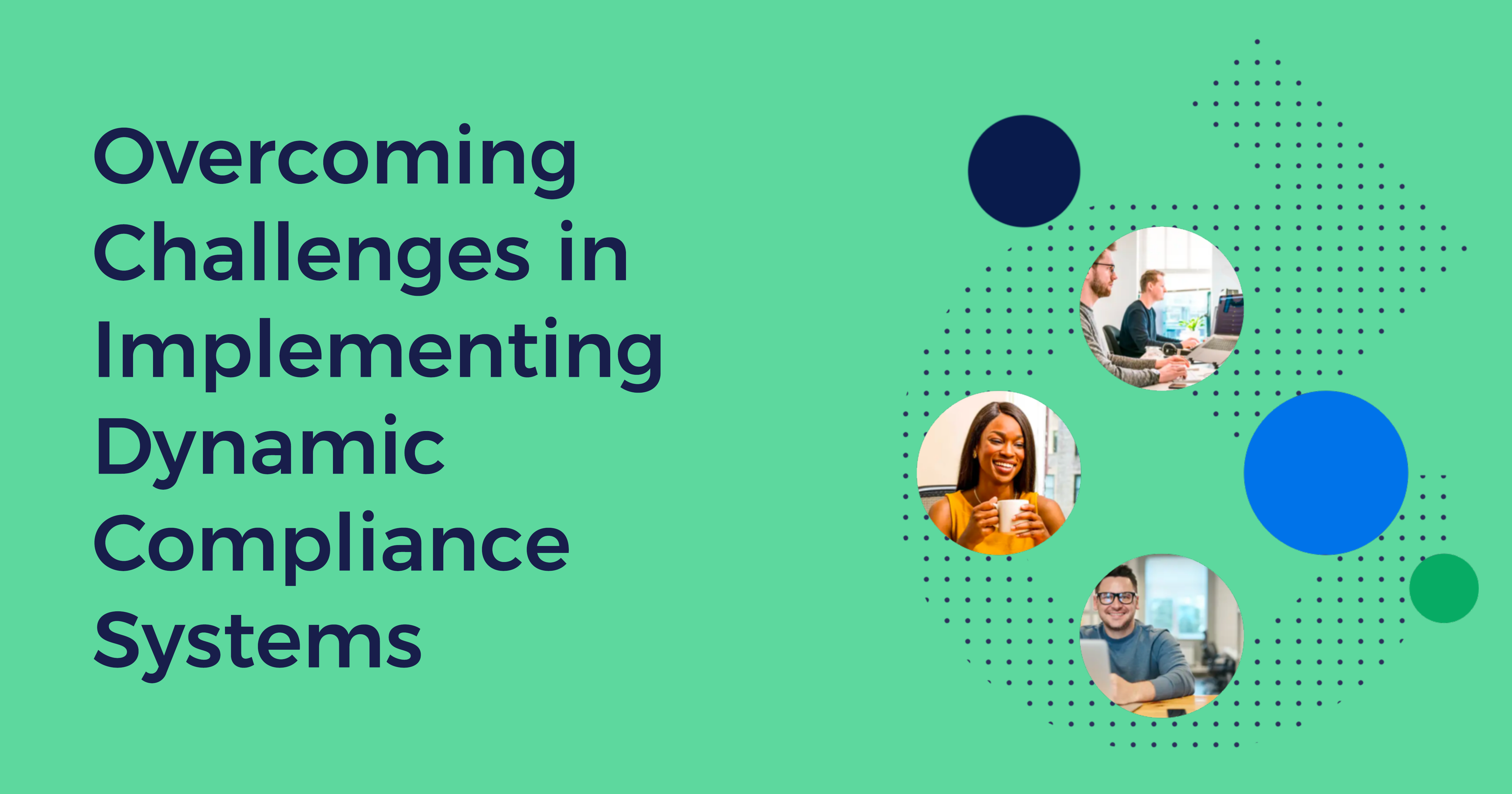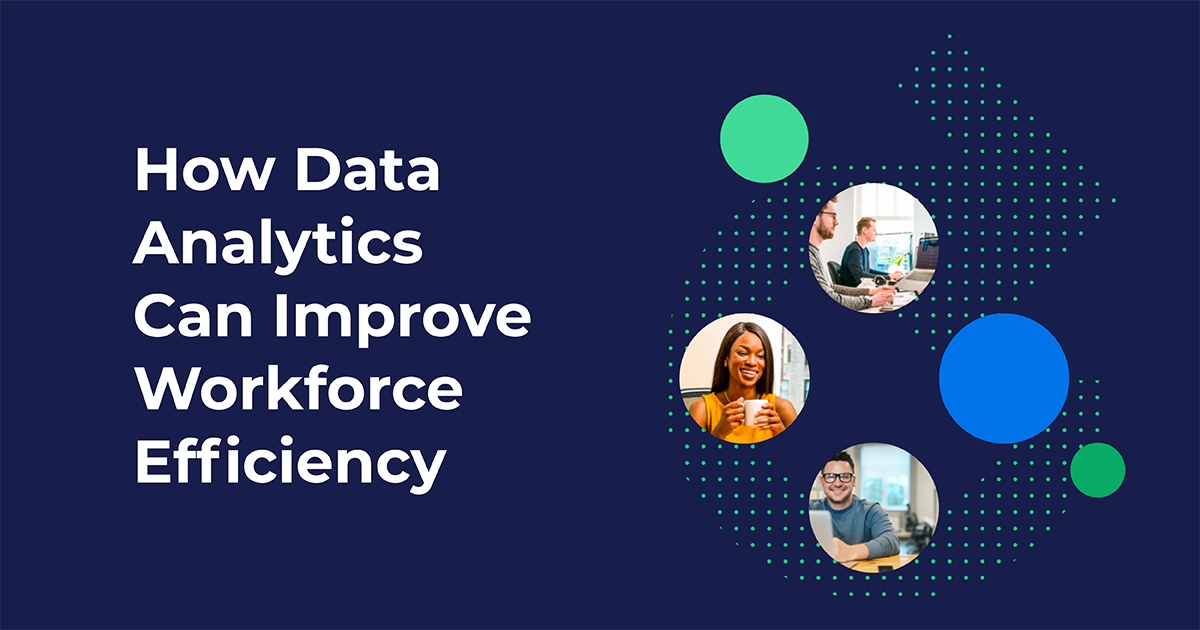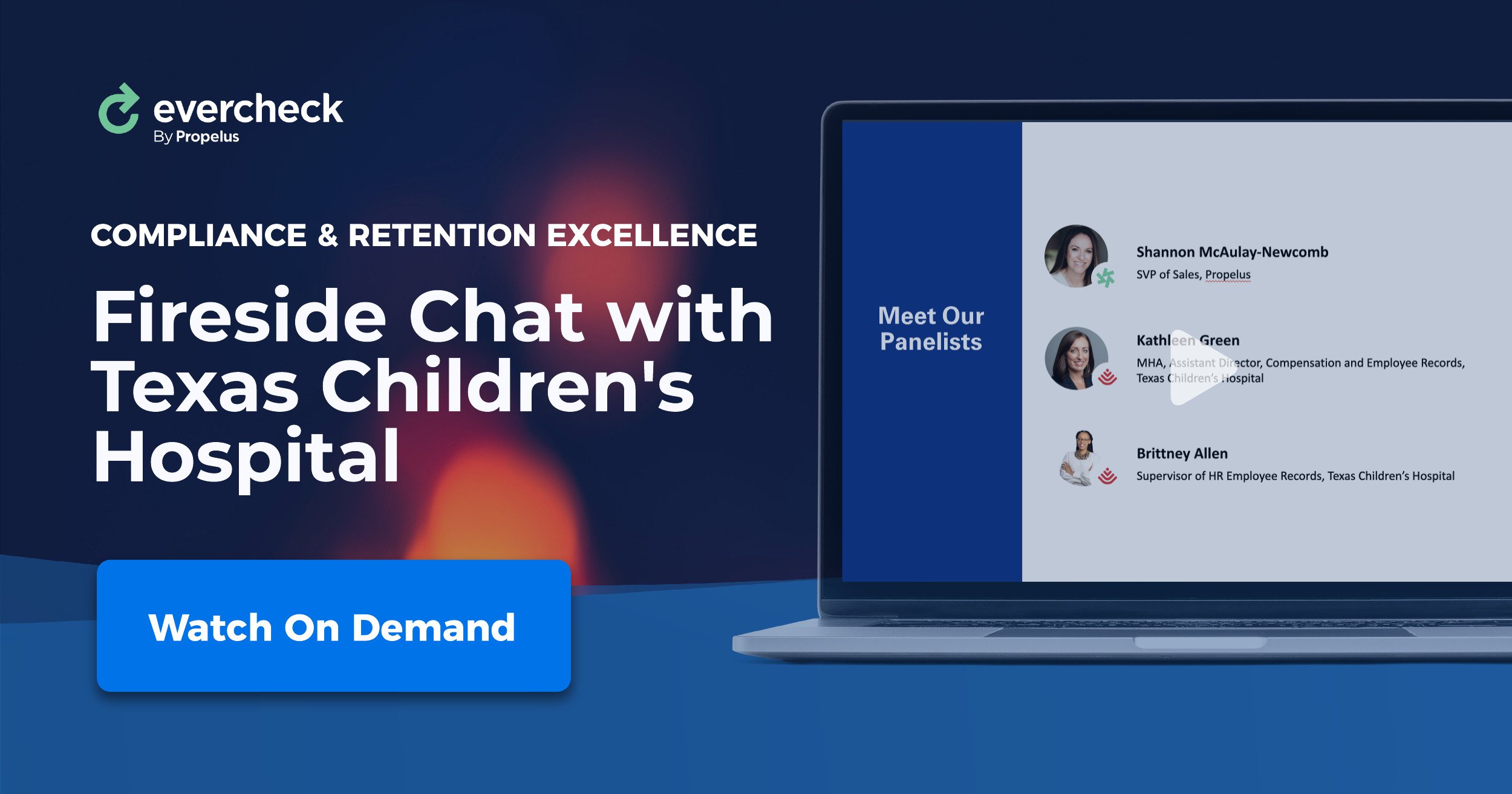The healthcare sector, known for its intricate and multifaceted nature, is currently in the throes of a rapid transformation. At the heart of this change is dynamic healthcare compliance, a concept that has emerged as a linchpin, ensuring adaptability and resilience. As healthcare organizations shift from traditional models to these dynamic compliance systems, they face many challenges. This article sheds light on these challenges and provides insights into how they can be effectively surmounted, paving the way for a seamless transition to a more adaptive compliance framework.
The essence of dynamic healthcare compliance lies in its name - it's dynamic. This modern approach significantly departs from yesteryear's static, often reactive compliance frameworks. Instead, it champions a proactive, real-time model. Central to this new paradigm is real-time data, which plays a pivotal role in steering and informing dynamic compliance measures.
However, the path to implementing dynamic compliance systems has its hurdles. One of the primary challenges is technological. Integrating cutting-edge software solutions into the healthcare ecosystem, especially ensuring they mesh seamlessly with pre-existing systems, can be daunting. Then there's the challenge of data security. The increasing emphasis on real-time data access for compliance makes safeguarding sensitive patient data paramount. This need for security must be balanced with ensuring real-time accessibility, a tightrope walk for many organizations.
Training and education present another challenge. The healthcare workforce, accustomed to traditional compliance models, must have the requisite skills and knowledge to navigate this new dynamic compliance terrain adeptly. And, of course, there's the human element. Change, especially in critical healthcare sectors, can often be met with resistance. Overcoming this cultural resistance and fostering an environment of adaptability is crucial.
With its transformative power, real-time data is at the heart of enhancing dynamic healthcare compliance. However, harnessing this data effectively requires strategies. From integrating data sources like wearables and Electronic Health Records (EHRs) to addressing potential data inundation, healthcare organizations must ensure that the insights they derive are meaningful and actionable.
Successful implementation of dynamic compliance systems hinges on several best practices. Engaging all stakeholders, from leadership to frontline staff, is essential. Their buy-in and active participation can make or break the transition. Continuous training ensures the team remains updated, while feedback mechanisms allow the system to be refined and improved.
Looking to the future, the landscape of dynamic healthcare compliance is set to be shaped by emerging technologies. Artificial intelligence and machine learning innovations offer exciting possibilities, from predictive analytics to more nuanced compliance measures. As the sector evolves, so will the strategies, ensuring continuous improvement and adaptability.
In conclusion, while the journey to implement dynamic healthcare compliance systems is riddled with challenges, the rewards are manifold. With the right strategies, tools, and mindset, healthcare organizations can make a triumphant transition. This ensures they meet regulatory standards and remain at the forefront of delivering exceptional patient care and safety.



